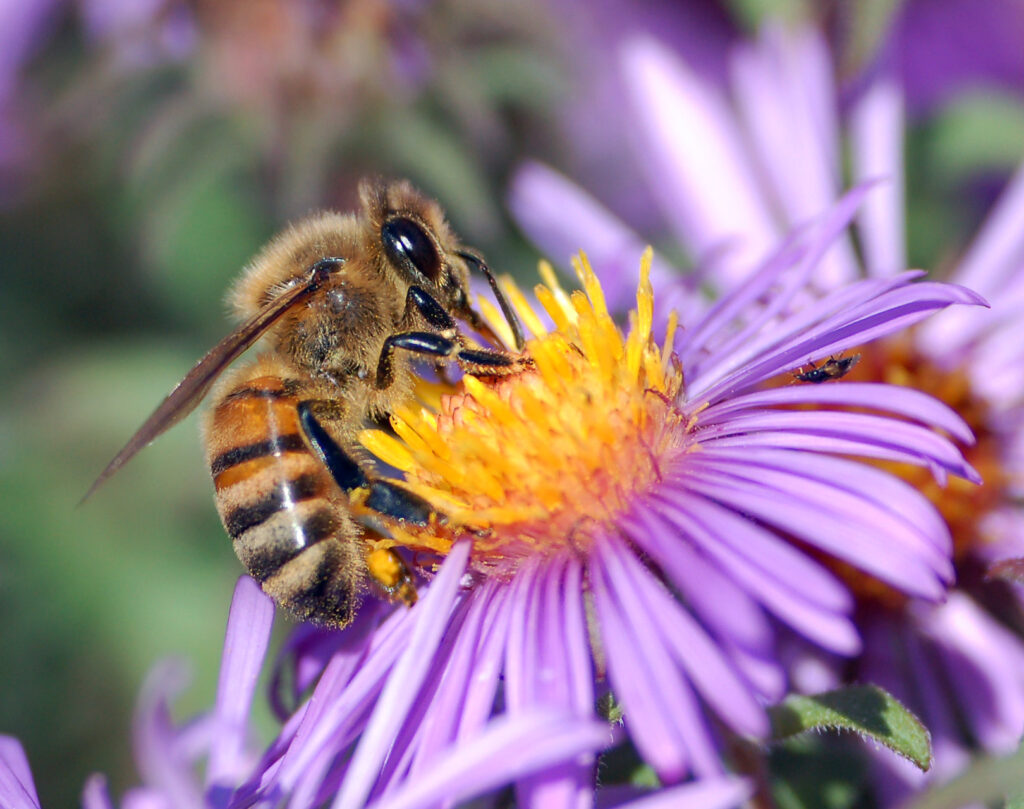In the microscopic world of bacteria and viruses, a silent war rages on. Hospital corridors once filled with confidence now echo with whispers of concern as antibiotic-resistant superbugs claim more lives each year. Yet nature, in its infinite wisdom, has been crafting weapons against these microscopic adversaries for millions of years. Deep within the tiny venom sacs of honeybees lies a powerful arsenal that could revolutionize modern medicine and turn the tide in humanity’s fight against infectious diseases.
The Microscopic Arsenal Hidden in Nature’s Pharmacy
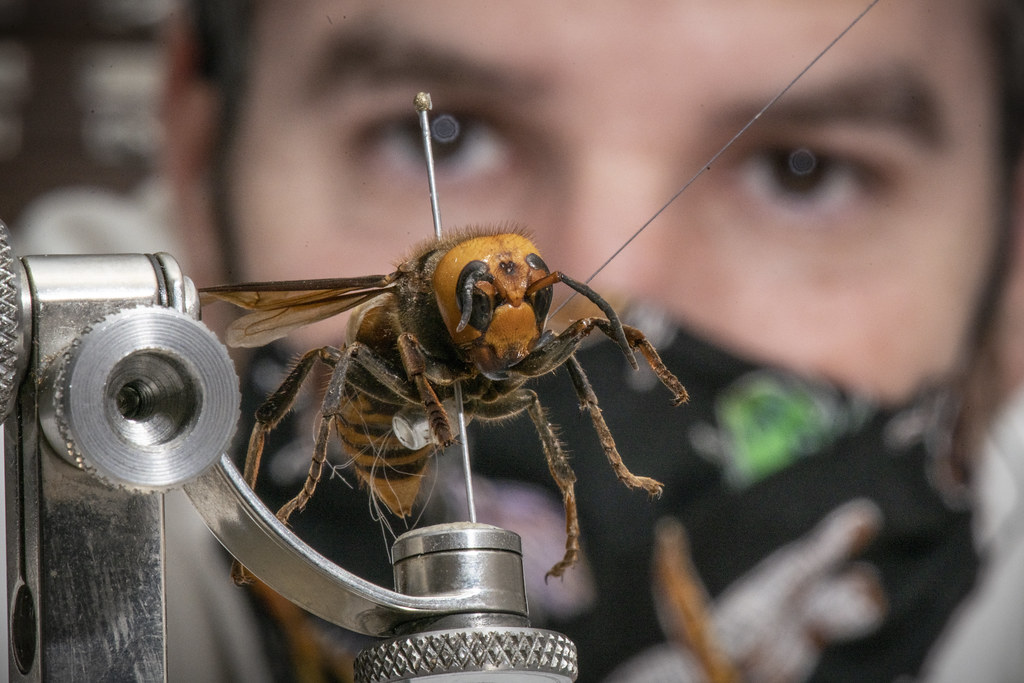
Bee venom represents one of nature’s most sophisticated chemical weapons systems, containing over 40 different bioactive compounds that have evolved over millions of years. The primary component, melittin, makes up roughly half of the venom’s dry weight and possesses remarkable antimicrobial properties that scientists are only beginning to understand. This complex mixture includes phospholipase enzymes, biogenic amines, and various peptides that work in harmony to create a potent defensive mechanism.
The venom’s composition varies significantly depending on the bee species, geographic location, and even the time of year when it’s collected. European honeybees produce venom with different antimicrobial profiles compared to their African counterparts, suggesting that environmental pressures have shaped these chemical defenses over evolutionary time. What makes bee venom particularly fascinating is its ability to target multiple cellular pathways simultaneously, making it incredibly difficult for microorganisms to develop resistance.
When Antibiotics Fail: The Growing Superbug Crisis

The World Health Organization has declared antibiotic resistance one of the top global public health threats facing humanity today. Methicillin-resistant Staphylococcus aureus, vancomycin-resistant Enterococci, and carbapenem-resistant Enterobacteriaceae have become household names in medical circles, representing a new generation of bacterial pathogens that laugh in the face of our most powerful drugs. These superbugs have evolved sophisticated mechanisms to neutralize antibiotics, rendering treatments that once saved countless lives completely ineffective.
The economic burden of antibiotic resistance extends far beyond hospital walls, with healthcare systems worldwide spending billions annually on extended treatments and specialized care. Patients who might have recovered quickly from infections now face prolonged hospital stays, increased risk of complications, and in many cases, death. The pharmaceutical industry’s declining investment in new antibiotic development has created a perfect storm where bacterial evolution outpaces human innovation.
Melittin: The Molecular Warrior Against Bacterial Invaders
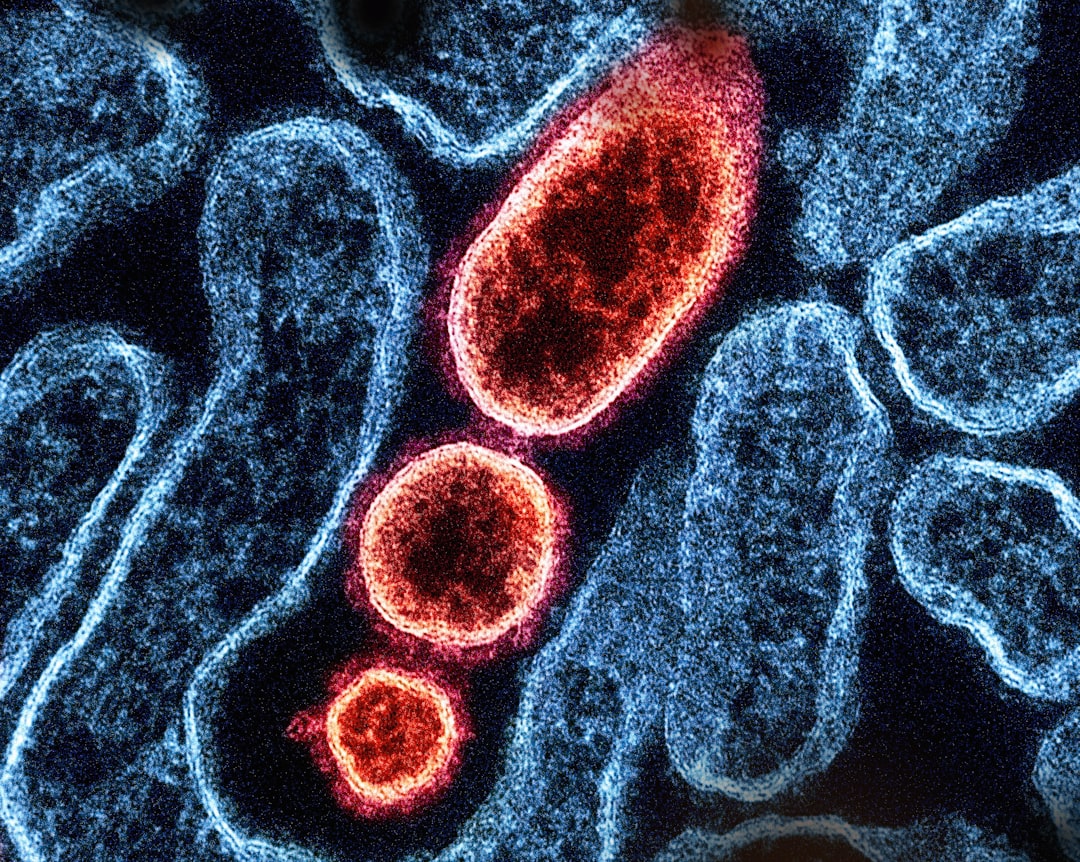
At the molecular level, melittin functions like a microscopic torpedo, targeting the fundamental structure that keeps bacterial cells intact. This remarkable peptide disrupts bacterial cell membranes by creating pores that cause the contents to leak out, leading to rapid cell death. Unlike conventional antibiotics that target specific bacterial processes, melittin’s membrane-disrupting action makes it extremely difficult for bacteria to develop resistance through genetic mutations.
Recent studies have revealed that melittin can penetrate biofilms, the protective shields that bacteria create around themselves to evade immune responses and antibiotic treatments. These biofilms are particularly problematic in chronic infections and medical device-related infections, where bacteria essentially build fortress-like structures that conventional treatments cannot penetrate. The ability of bee venom components to break through these defenses represents a significant breakthrough in antimicrobial research.
Laboratory Breakthroughs: From Hive to Hospital

Scientists at leading research institutions have developed sophisticated methods to harvest and purify bee venom components for medical applications. Modern collection techniques use electrical stimulation to trigger venom release without harming the bees, allowing for sustainable extraction while maintaining colony health. These methods have enabled researchers to obtain consistent, high-quality venom samples necessary for rigorous scientific testing.
Advanced purification techniques have isolated individual compounds from bee venom, allowing scientists to study their specific antimicrobial properties in detail. Mass spectrometry and chromatography have revealed the precise molecular structures responsible for different biological activities, paving the way for synthetic production of these compounds. Laboratory cultures of antibiotic-resistant bacteria have shown remarkable sensitivity to purified melittin, with some strains being completely eliminated at concentrations that cause minimal damage to human cells.
The Cellular Battleground: How Bee Venom Destroys Superbugs

The mechanism by which bee venom components eliminate bacterial cells resembles a coordinated military assault on multiple fronts. Melittin initially weakens the bacterial cell membrane by disrupting the lipid bilayer structure, creating small pores that compromise the cell’s integrity. Simultaneously, phospholipase enzymes break down membrane phospholipids, further destabilizing the cellular structure and making the bacteria increasingly vulnerable to destruction.
This multi-pronged attack extends beyond simple membrane disruption, as bee venom components also interfere with bacterial DNA replication and protein synthesis. The combination of membrane damage and metabolic disruption creates a synergistic effect that overwhelms the bacteria’s repair mechanisms. Unlike single-target antibiotics, this comprehensive assault makes it virtually impossible for bacteria to develop effective resistance strategies through simple genetic modifications.
Clinical Trials and Promising Results
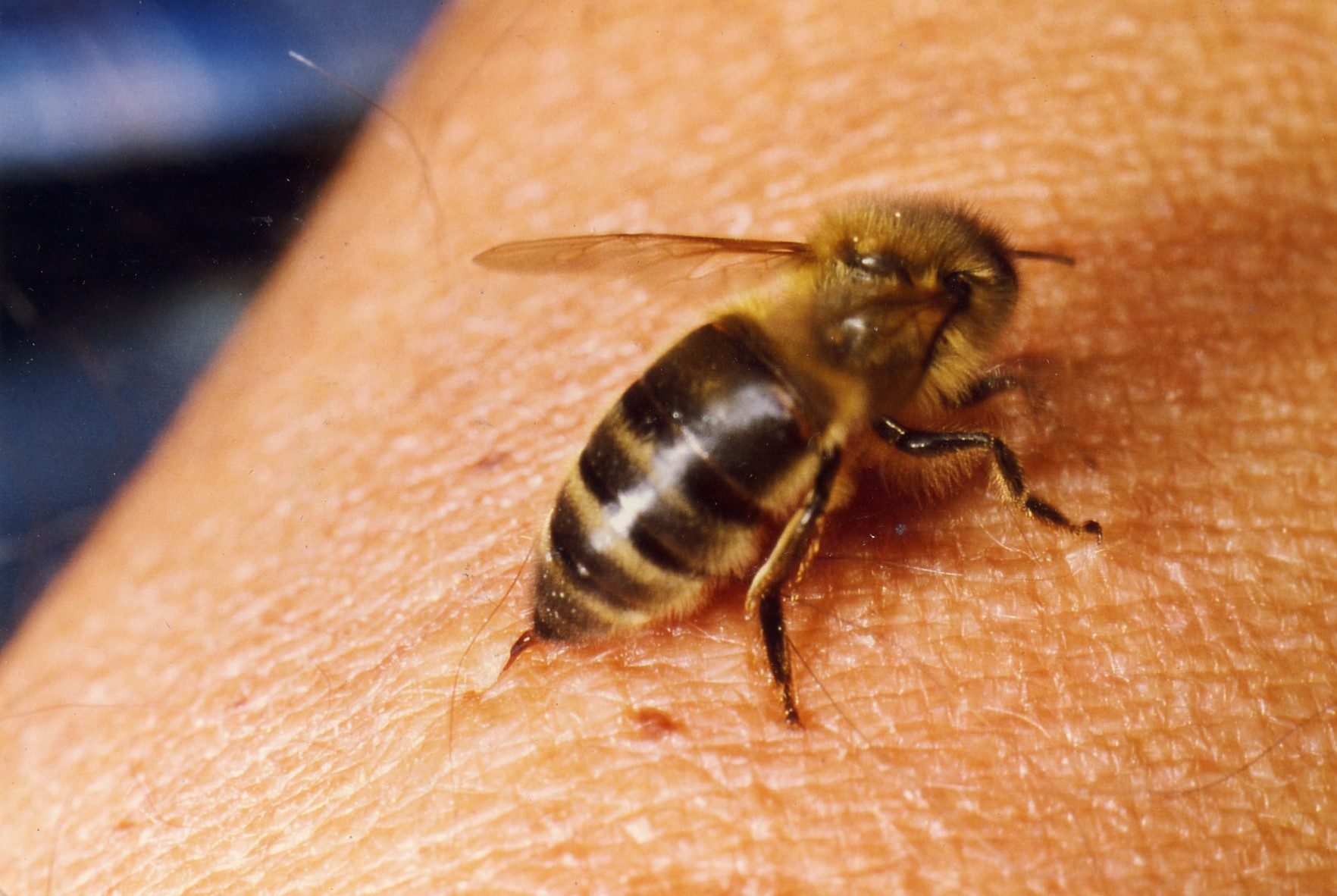
Early-phase clinical trials have demonstrated encouraging results for bee venom-based treatments against various antibiotic-resistant infections. Patients with chronic wounds infected with methicillin-resistant Staphylococcus aureus showed significant improvement when treated with specially formulated bee venom preparations. The treatment not only eliminated the resistant bacteria but also promoted faster wound healing compared to conventional therapies.
Researchers have conducted controlled studies comparing bee venom treatments to standard antibiotic protocols in laboratory settings. Results consistently show that bee venom components remain effective against bacteria that have developed resistance to multiple classes of antibiotics. These findings have attracted significant attention from pharmaceutical companies and government health agencies seeking new weapons against the growing superbug threat.
Safety Considerations and Allergic Reactions

While bee venom shows tremendous promise as an antimicrobial agent, researchers must carefully address safety concerns, particularly regarding allergic reactions. Approximately one to three percent of the population has severe bee venom allergies that could lead to life-threatening anaphylactic reactions. Scientists are working to identify and remove allergenic components while preserving the antimicrobial properties of the venom.
Purification and modification techniques have successfully reduced the allergenic potential of bee venom preparations without compromising their effectiveness against bacteria. Researchers have developed protocols for screening patients for bee venom sensitivity before treatment, similar to existing procedures for other medications. Advanced delivery systems, including topical applications and targeted injection methods, further minimize the risk of systemic allergic reactions while maximizing therapeutic benefits.
Synthetic Production and Pharmaceutical Development

The transition from natural bee venom extraction to synthetic production represents a crucial step in developing commercially viable treatments. Biotechnology companies have successfully engineered bacterial and yeast systems to produce melittin and other bee venom components in large quantities. This synthetic approach ensures consistent quality, eliminates concerns about bee colony disruption, and allows for precise modification of molecular structures to enhance therapeutic properties.
Pharmaceutical developers are exploring various formulation strategies to optimize bee venom-based treatments for different medical applications. Encapsulation technologies protect the active compounds from degradation while allowing controlled release at infection sites. These innovations could lead to oral medications, topical creams, and injectable formulations that harness the power of bee venom in practical, patient-friendly formats.
Environmental Impact and Bee Conservation

The medical potential of bee venom has highlighted the critical importance of bee conservation efforts worldwide. Declining bee populations due to habitat loss, pesticide use, and climate change threaten not only agricultural pollination but also the availability of these valuable medicinal compounds. Researchers estimate that preserving bee biodiversity could unlock numerous additional therapeutic compounds that remain undiscovered in different bee species.
Sustainable harvesting practices have become a priority for researchers working with bee venom, with many institutions partnering with local beekeepers to ensure colony health while collecting venom samples. These collaborations have led to improved beekeeping techniques and better understanding of factors that influence venom composition and potency. The potential medical applications of bee venom provide additional economic incentives for bee conservation efforts, creating a win-win scenario for both human health and environmental protection.
Beyond Bacteria: Antiviral and Antifungal Properties

Recent research has revealed that bee venom’s antimicrobial properties extend far beyond bacterial infections, showing significant activity against various viral and fungal pathogens. Laboratory studies have demonstrated that melittin can disrupt the lipid envelopes of certain viruses, preventing them from infecting host cells. This broad-spectrum activity suggests that bee venom could play a role in treating viral infections that currently have limited treatment options.
Fungal infections, particularly those caused by drug-resistant Candida species, have also shown sensitivity to bee venom components. The mechanism appears similar to bacterial cell membrane disruption, where bee venom peptides compromise the fungal cell wall and membrane integrity. These findings open new avenues for treating systemic fungal infections that pose serious threats to immunocompromised patients.
The Future of Combination Therapies
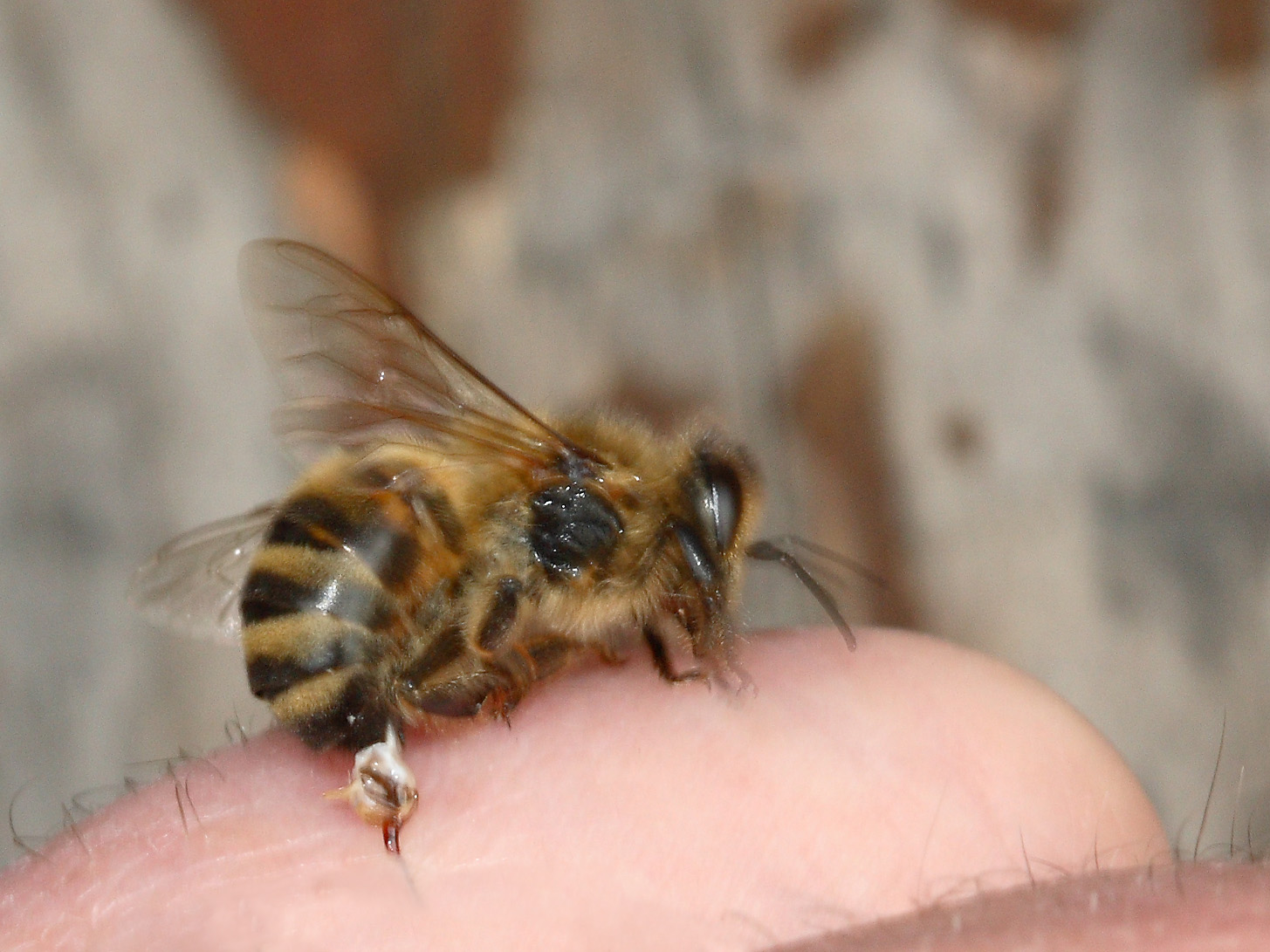
Scientists are exploring the potential of combining bee venom components with existing antibiotics to create more effective treatment regimens. Preliminary studies suggest that melittin can enhance the effectiveness of conventional antibiotics by making bacterial cells more permeable to drug penetration. This synergistic approach could potentially restore the effectiveness of antibiotics that have become obsolete due to bacterial resistance.
Combination therapy research has revealed that bee venom components can prevent bacteria from developing resistance to conventional antibiotics when used together. The multi-target approach disrupts the bacteria’s ability to adapt and survive, potentially extending the useful life of existing antibiotic drugs. This strategy could provide a bridge solution while researchers develop entirely new classes of antimicrobial agents.
Nanotechnology and Advanced Delivery Systems

Cutting-edge nanotechnology applications are revolutionizing how bee venom components can be delivered to infection sites with unprecedented precision. Researchers have developed nanoparticles that can carry melittin directly to bacterial biofilms, overcoming the protective barriers that make these infections so difficult to treat. These microscopic delivery vehicles can be programmed to release their antimicrobial payload only when they encounter specific bacterial markers.
Smart drug delivery systems using bee venom components could target infections while minimizing damage to healthy tissue. Magnetic nanoparticles loaded with melittin can be guided to specific body locations using external magnetic fields, allowing for concentrated treatment of localized infections. These advanced delivery methods could make bee venom-based treatments safer and more effective than traditional systemic antibiotic approaches.
Global Research Collaboration and Investment
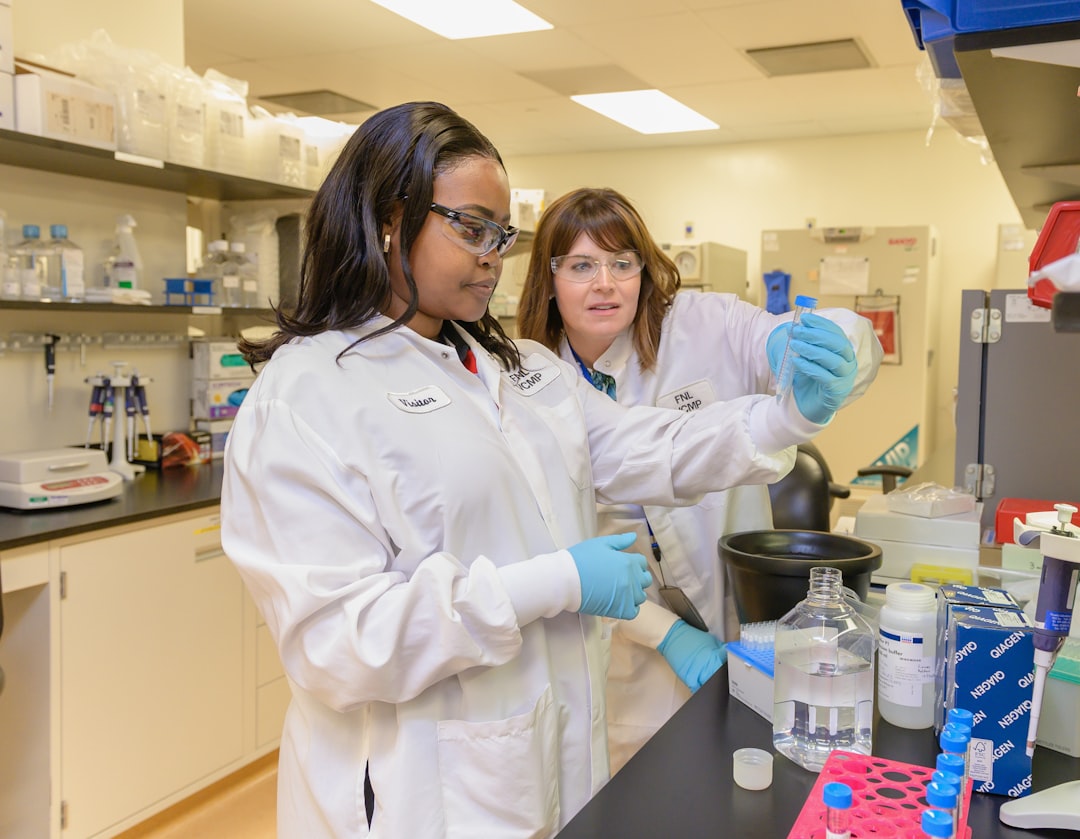
The promising results of bee venom research have attracted international attention and funding from major health organizations and pharmaceutical companies. Collaborative research networks spanning multiple continents are sharing data and resources to accelerate the development of bee venom-based treatments. These partnerships have led to standardized research protocols and more efficient clinical trial designs.
Government agencies in various countries have begun investing heavily in bee venom research as part of their strategies to combat antibiotic resistance. The potential for bee venom to address multiple types of infections simultaneously makes it an attractive investment compared to traditional drug development approaches that target single pathogens. This increased funding has accelerated research timelines and brought potential treatments closer to clinical reality.
Conclusion

The battle against superbugs has found an unexpected ally in the humble honeybee, whose venom represents millions of years of evolutionary refinement against microbial threats. As antibiotic resistance continues to challenge modern medicine, bee venom components offer a promising alternative that could revolutionize how we treat infectious diseases. The multi-target approach of melittin and other bee venom compounds provides a sustainable solution that bacteria cannot easily overcome through simple genetic mutations.
The journey from hive to hospital requires continued research, careful safety considerations, and sustainable practices that protect both human health and bee populations. As clinical trials progress and synthetic production methods improve, bee venom-based treatments could become standard medical practice within the next decade. The convergence of ancient natural remedies with modern scientific understanding demonstrates how nature continues to provide solutions to humanity’s most pressing health challenges.
Will the tiny defender of the hive become medicine’s greatest weapon against the microscopic enemies that threaten human life?

